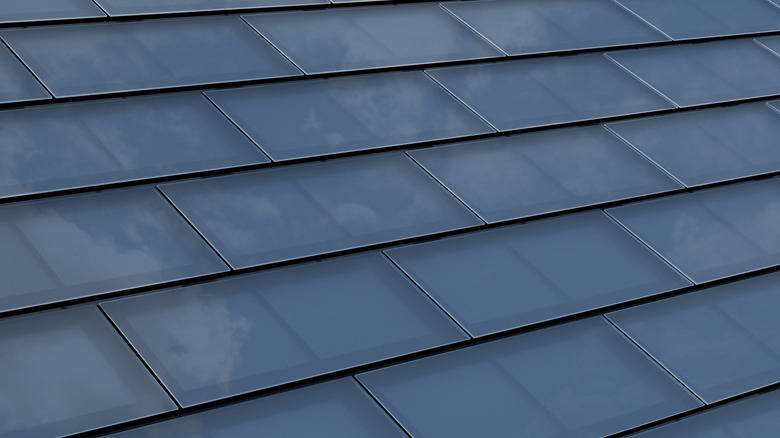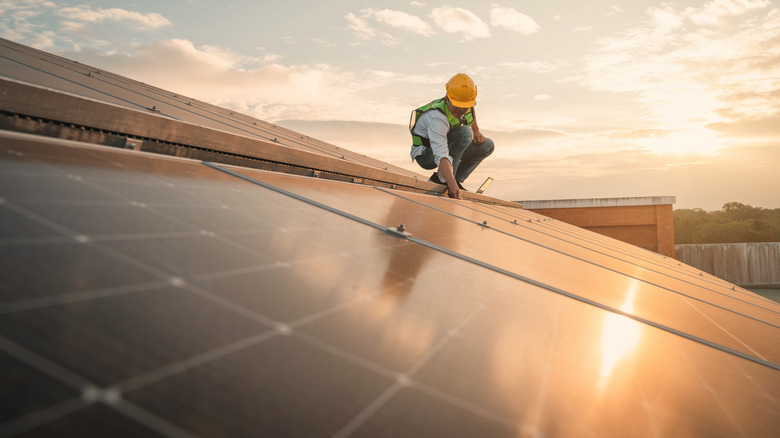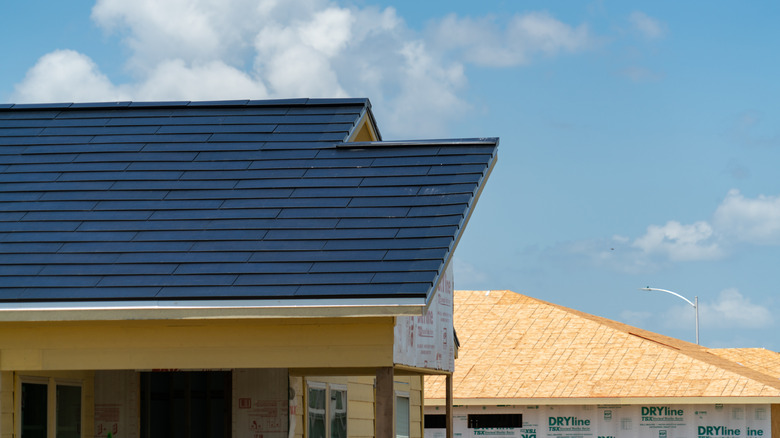Will Solar Roof Shingles Pay For Themselves Or Should You Steer Clear?
When the time comes to replace your home's roof, consider solar roof shingles, a type of material that combines the benefits of solar panels into the actual shingles. As with any solar energy system, you'll need to be sure your home is in an area desirable for solar, but for many people, solar roof shingles seem like an effective, easier option than the use of a solar panel system that's added to the surface. The drawback of these newer products is that they are more costly than other roofing products, and while they may pay for themselves through energy savings, it may take numerous years for that to happen.
It's not possible to provide a definitive answer on whether they will pay for themselves since this depends on where you live, the amount of power they generate compared to your needs, and the quality of the solar roof shingle product you decide to invest in. They may pay for themselves, but for many people, it's important to consider the other benefits of installing them, including their impressive look and strength. Integrating photovoltaics into the roof shingle certainly adds exceptional functionality since these thin-film photovoltaic cells are durable and produce enough power to help meet the home's needs and send more power to the utility grid.
The cost of solar roof shingles considered
If your home's roof needs to be replaced anyway, that could mark the ideal time to consider the investment in solar roof shingles. The Office of Energy Efficiency & Renewable Energy shares that replacing a roof costs about $10,000, though factors like materials, size, and location play a role in what you could pay. The next consideration is the investment in solar roofing. The average cost of installing a more traditional rooftop solar array system, more commonly known as a solar panel system, is about $19,000 on average.
However, a solar roof shingle system will likely cost more. Because these roof systems require the full removal of the existing roof structure and the investment in a relatively new material in solar roof shingles, you could spend around $50,000 for a new roof, according to Roofing Wise, a roof installation company. The cost of solar roof tiles themselves is likely more than the cost of installing a full new roof.
The question is, then, how much energy will they save you? A variety of products exist, so you will need to look at the actual manufacturer's energy ratings. However, you can expect solar shingles to have an efficiency rating of between 14 and 18%, in comparison to up to 24% for traditional solar panels. The higher this efficiency rating is, the better. You also have to consider any federal or local solar tax credits you may have available to you, which can substantially lower the cost of these systems.
How long it takes for the solar roof shingles to pay for themselves
Assuming it costs $50,000 to install a solar roof shingle system, and considering tax credits and other savings, you get that cost down to about $35,000. Now, you can get a bit more in-depth to determine how much money you could end up saving. Once the system is installed, it starts to provide your home with its electricity needs. A well-designed solar roof system of any type will be able to generate enough power for most of your home's needs. To determine your actual cost savings, multiply your average electric bill by 12 to get a yearly figure. Then, use that figure to determine how long the system will take to pay for itself.
Let's say the system saves you about $2,000 a year on electricity bills. That means it will take over 17 years for the system to actually pay for itself. Of course, there are various other factors that can contribute to this. For example, you may be able to sell your extra solar back to the utility power grid, which could mean you get some added cash each month (depending on your local utility company's program).
The good news is that solar panels last 20 or more years, depending on the product type and manufacturer's design. There are other benefits to installing them, including an enhanced look of the roof, a durable product, increased home value, and the ability to reduce dependency on the power grid.


